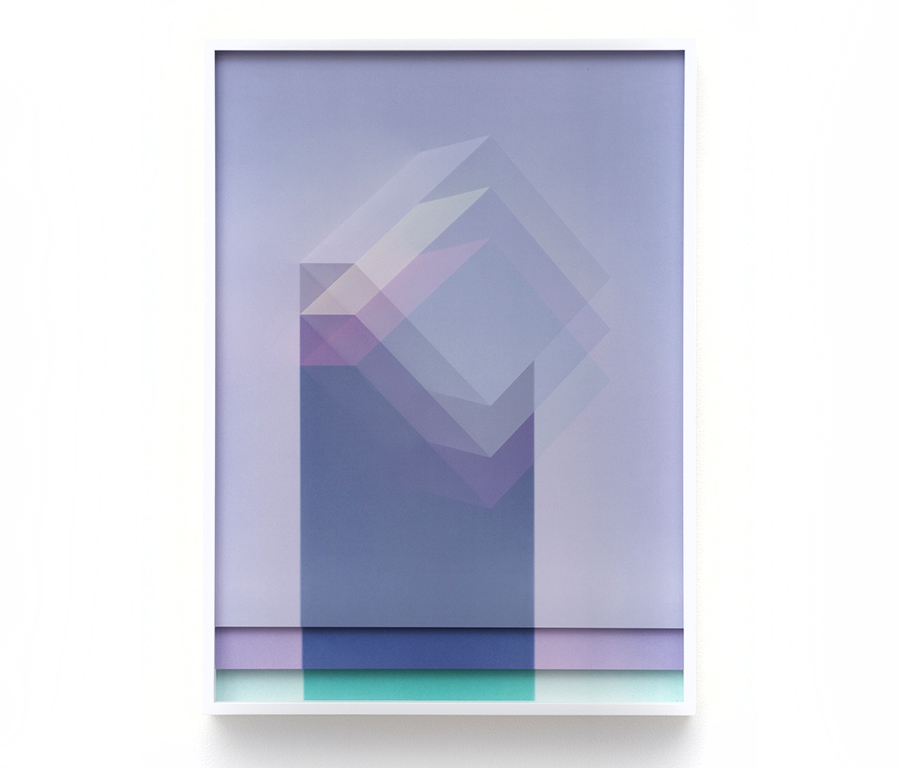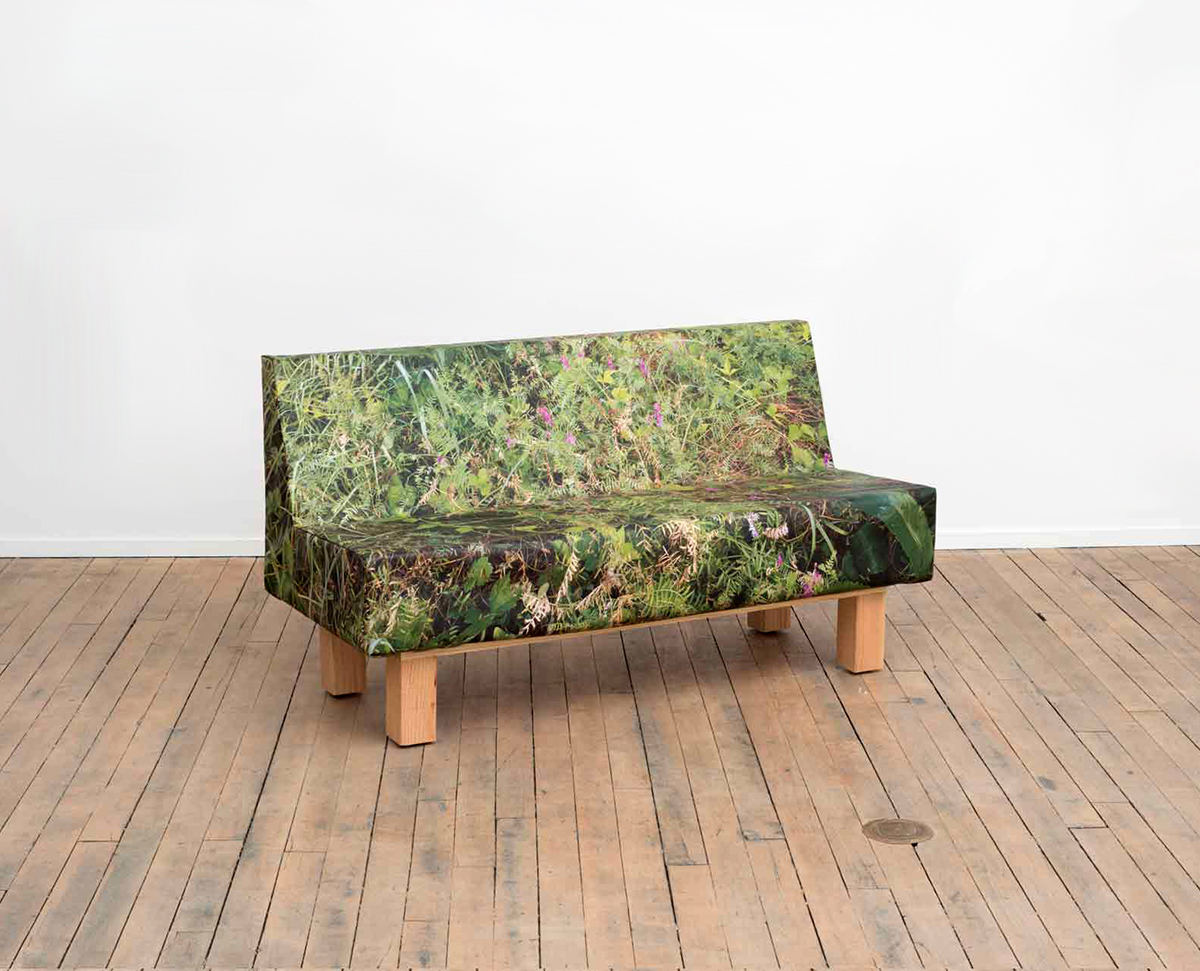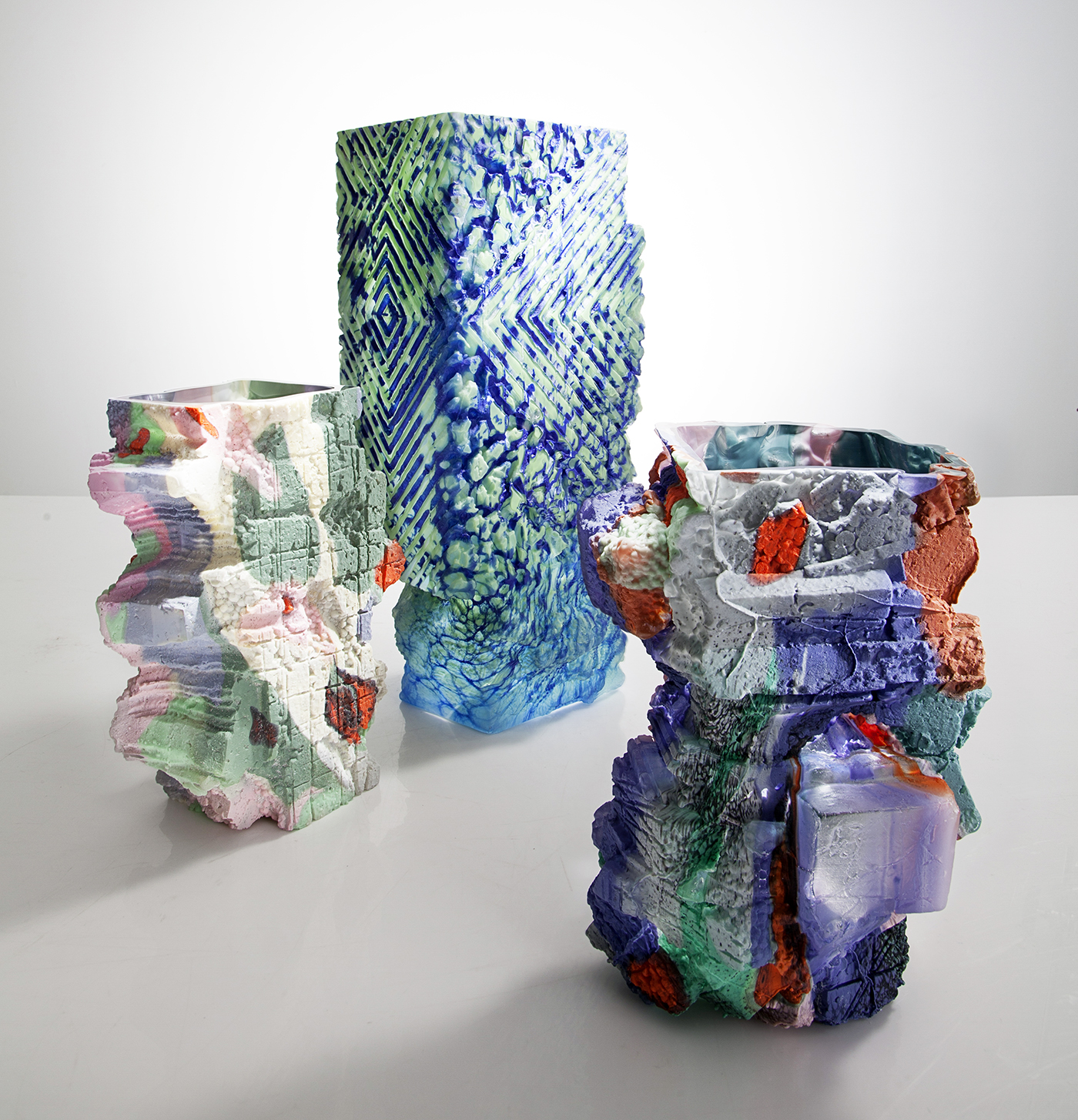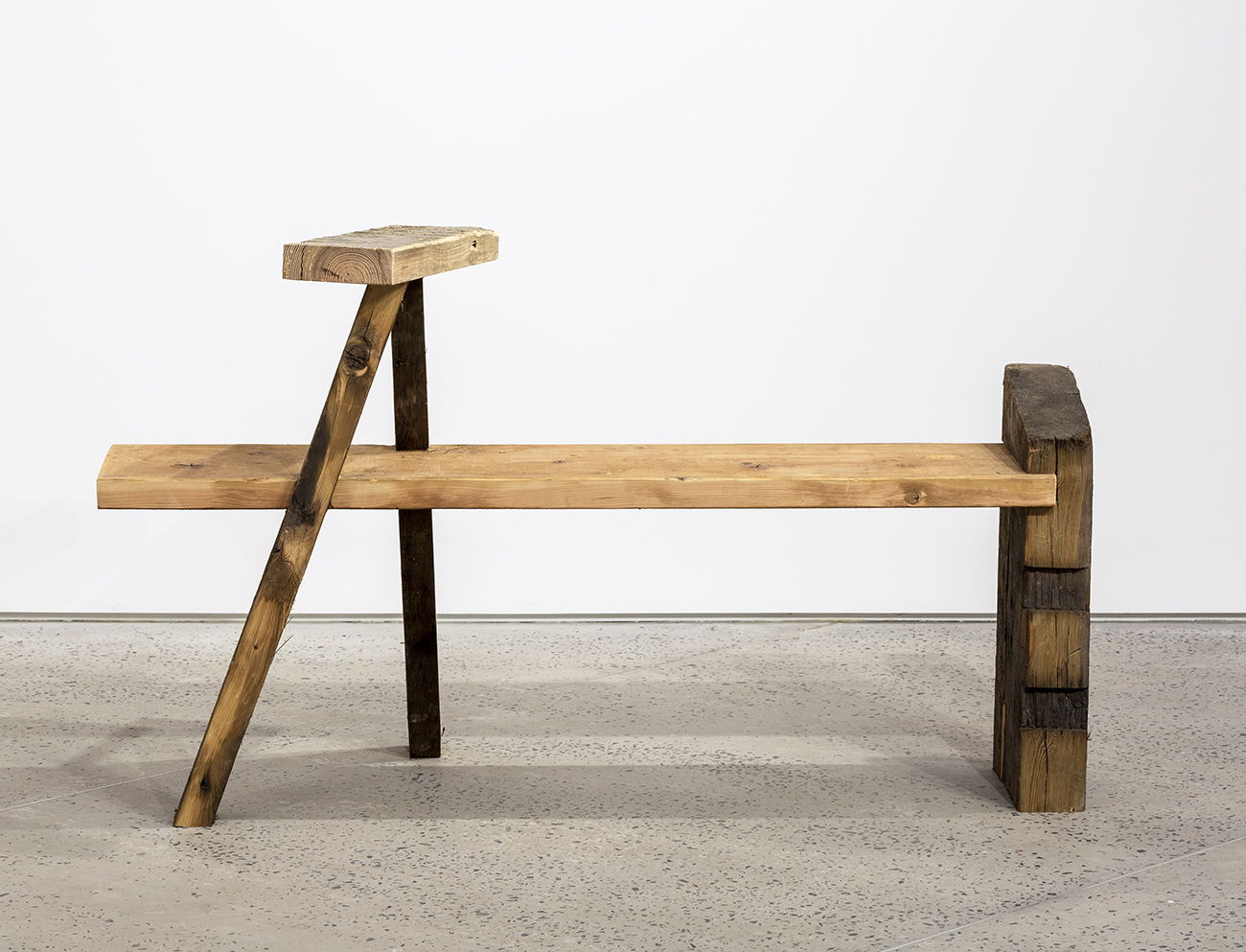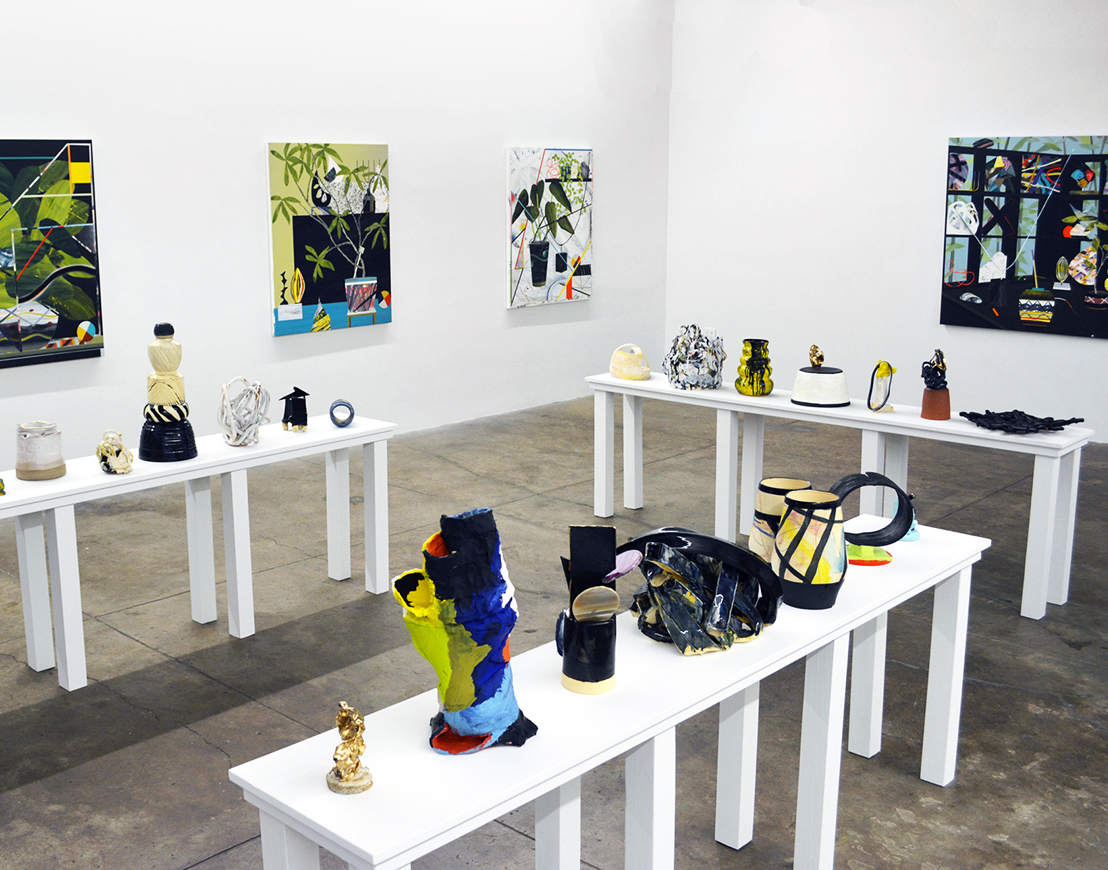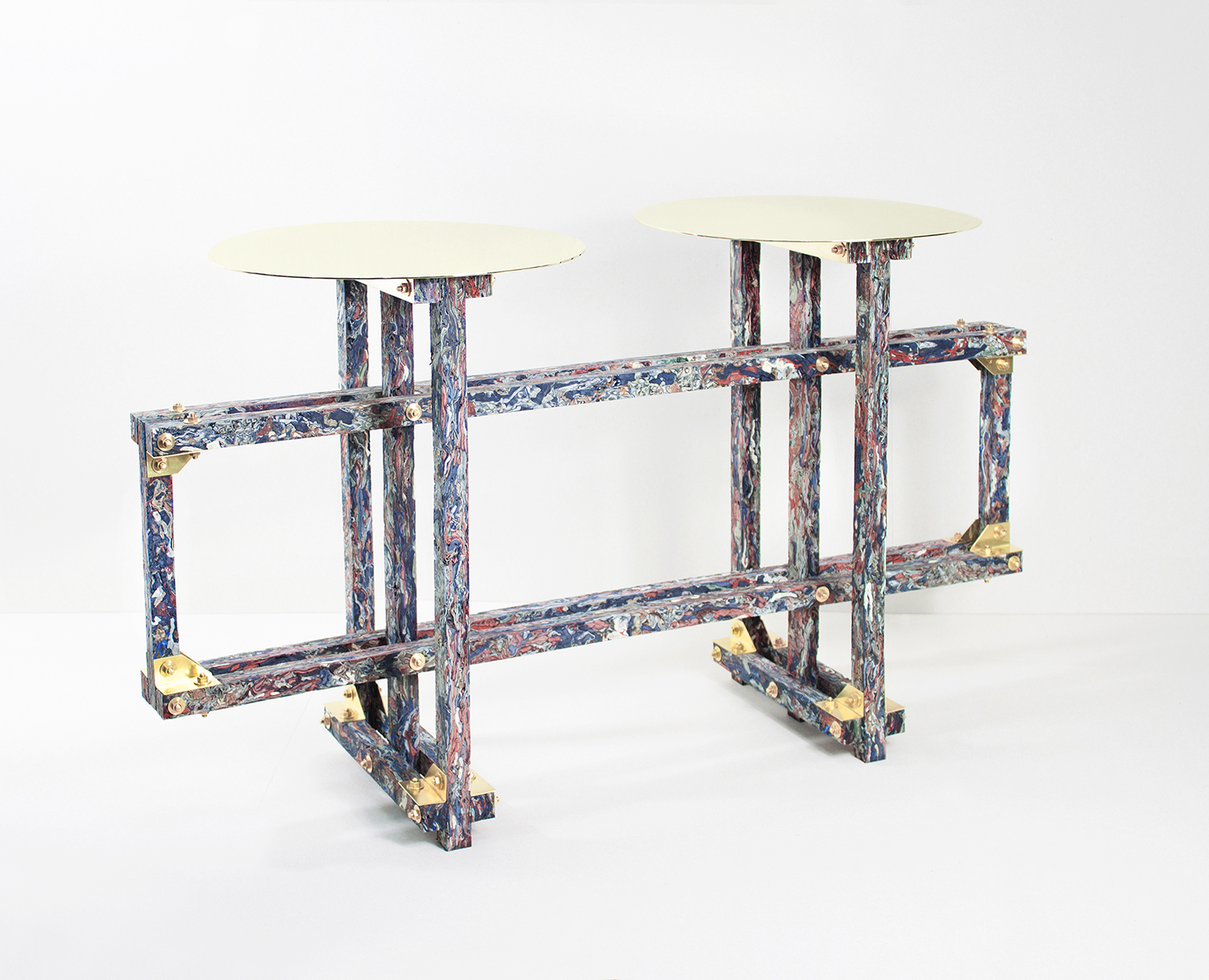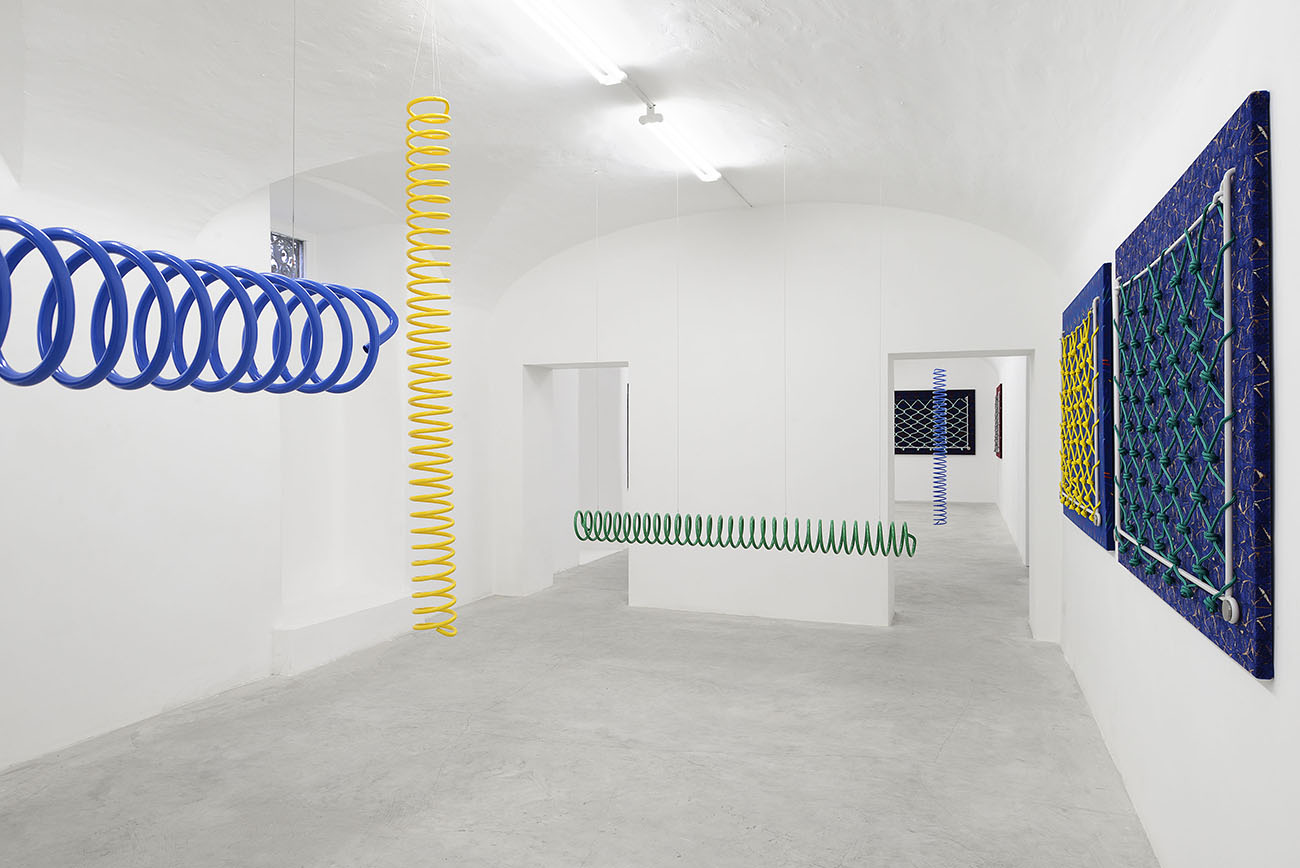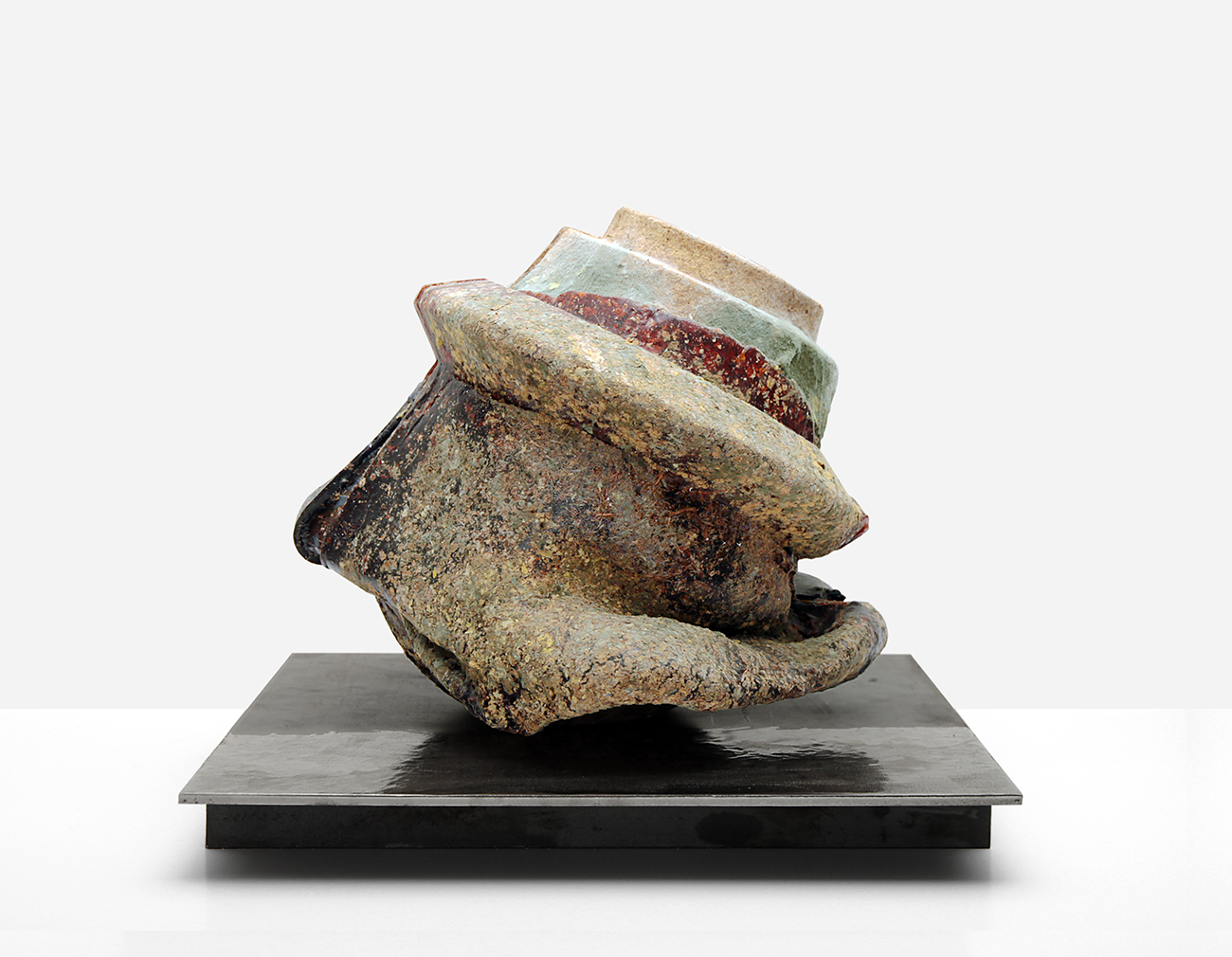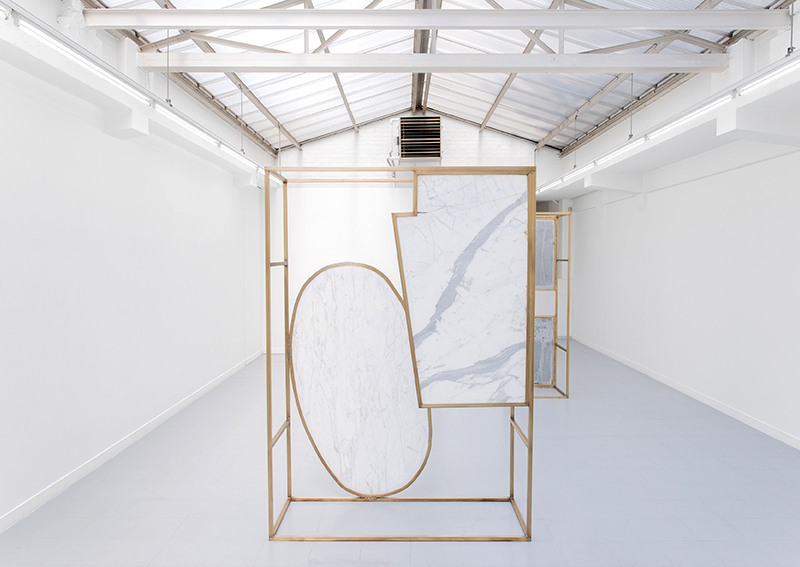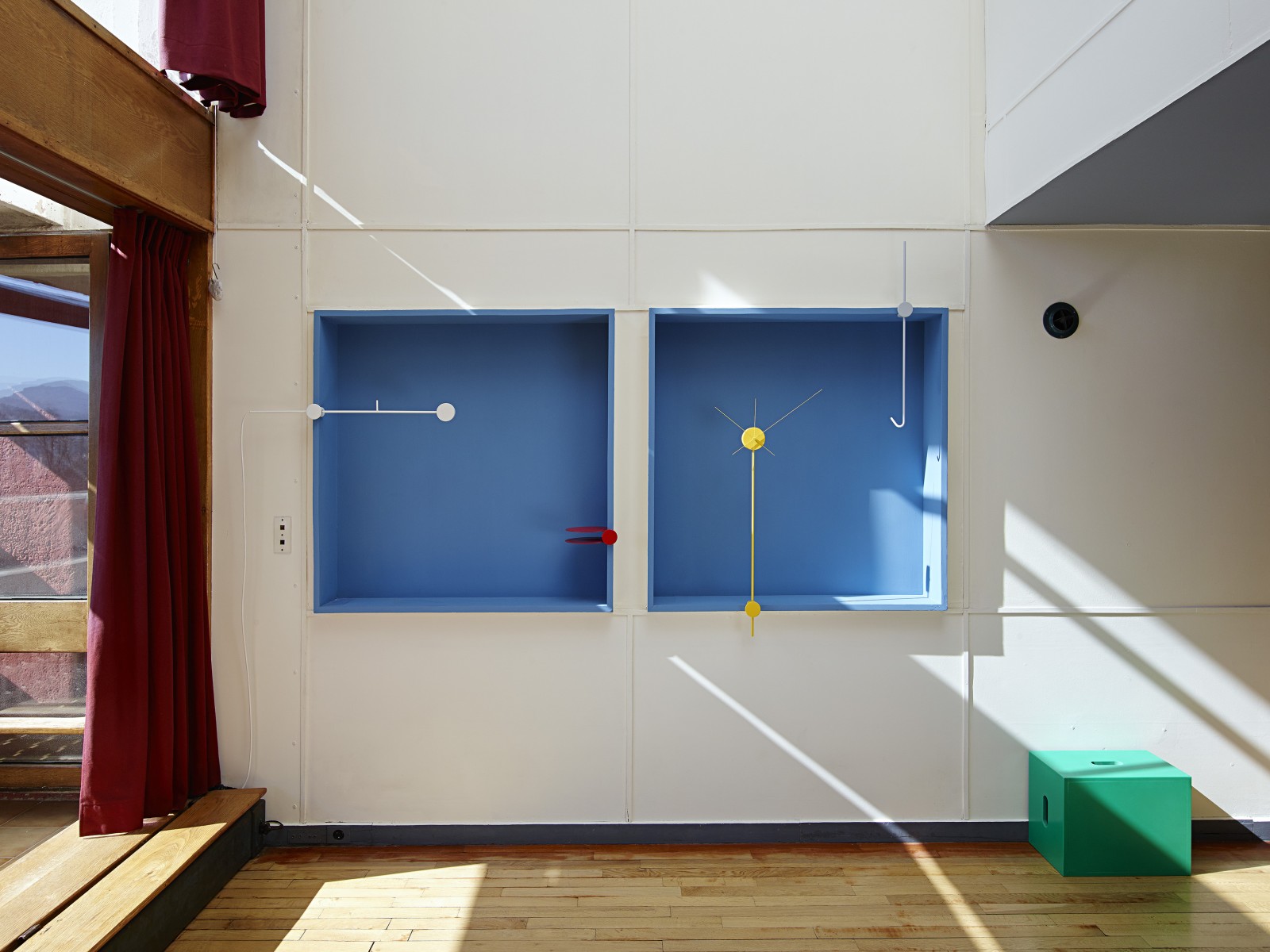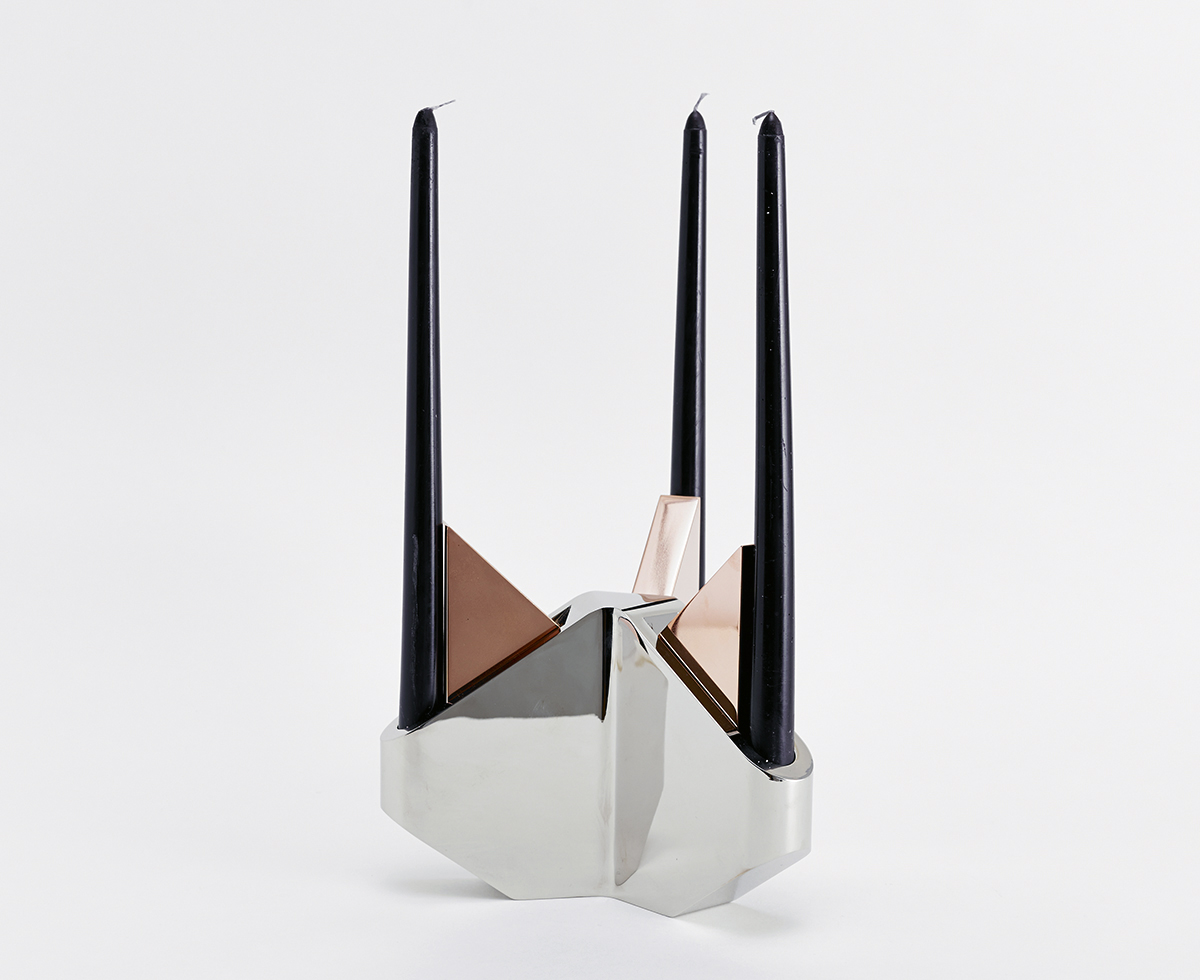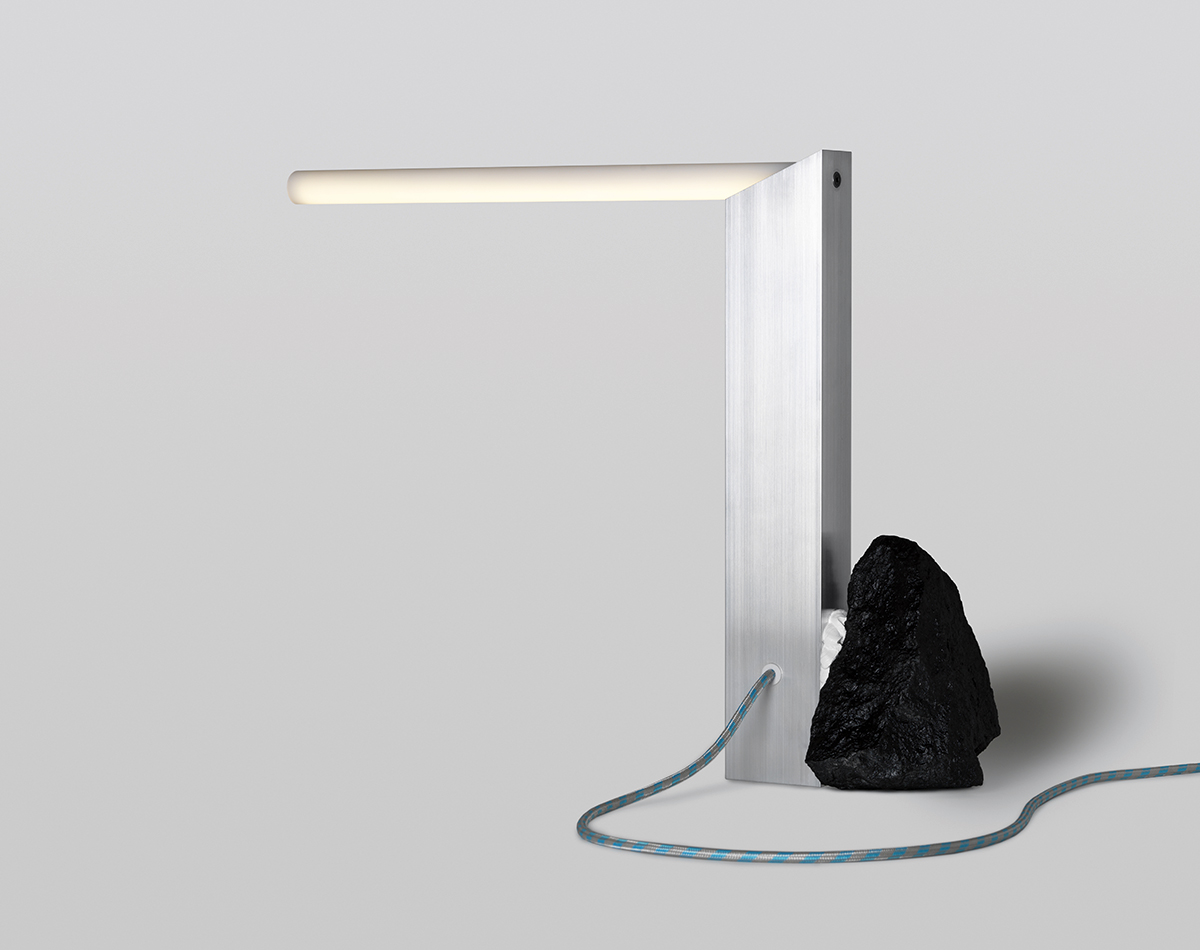
11.10.15
Excerpt: Exhibition
David Taylor Turns Aluminum Scraps Into Furniture in The Future Perfect’s “Immaculate Object” Show
With a new body of work debuting today at the Future Perfect, Taylor's upped the scale of his objects to include lighting and a few furniture items, though he's still as fond as ever of using salvaged materials — he made all the pieces using discarded metal from an old glazing company moving out of a storefront across the street from his studio.
